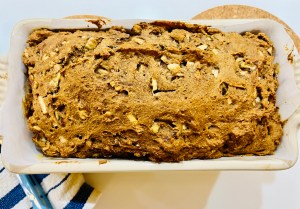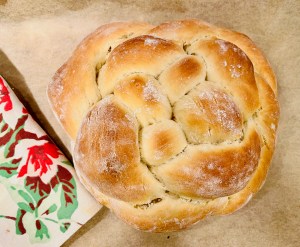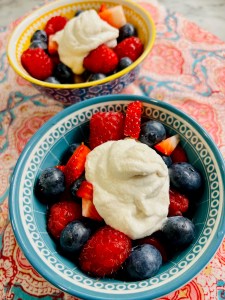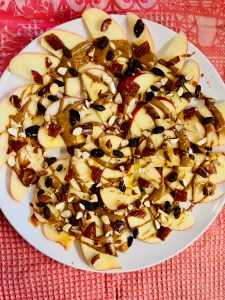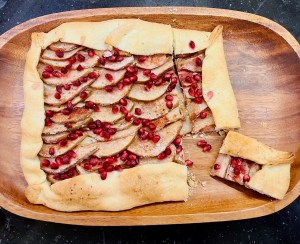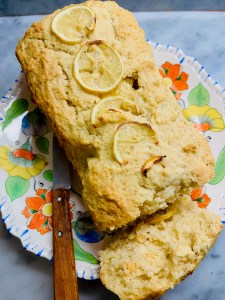I spent time recently in Charleston, a small coastal city that happens to have the oldest synagogue in continuous use in the US. It’s called Kahal Kadosh Beth Elohim and it was founded in1749. It has a grand, columned exterior and the interior’s high ceilings, stained glass windows and rounded wooden ark make it all feel very formal and prominent. While much of Charleston’s foodie scene wasn’t for me (lots of non vegan food), I did visit a local farmers market and met someone selling beans. I grabbed a bag of speckled lima beans and created this recipe. The weather has been a mix of warmth (hence the coconut and spices) but also several cold snaps (thus a soup). Continue reading


